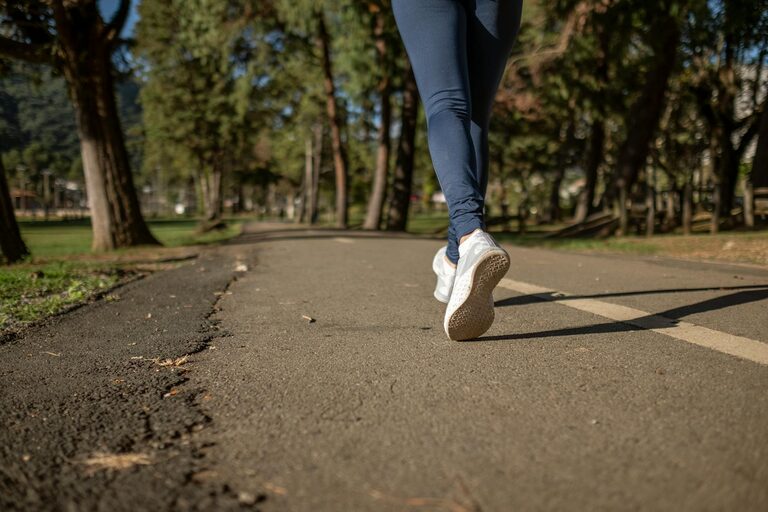Incorporating more movement into your day doesn’t mean you need to spend hours at the gym or train for a marathon. Small changes and simple habits can make a big difference in how active you are throughout the day. Whether you work from home, have a sedentary job, or just want to feel more energized, adding movement can improve your physical health, mental clarity, and mood.
In this post, we’ll explore easy ways to get moving more often—no special equipment required!
Why Movement Matters
Moving regularly supports your heart health, strengthens muscles, boosts metabolism, and helps maintain a healthy weight. It can also reduce stress, improve sleep quality, and enhance your focus.
Even light activity, like walking or stretching, can be beneficial. The key is to make movement a consistent part of your day.
1. Start Your Day with Stretching or Light Exercise
Waking up your body gently sets a positive tone for the day.
– Try 5-10 minutes of stretching or yoga at home.
– Focus on breathing deeply while loosening your neck, shoulders, back, and legs.
– Simple bodyweight exercises like squats, lunges, or wall push-ups can activate muscles.
2. Use Breaks Wisely
If you have a desk job or spend time sitting, break up long periods of sitting with movement.
– Set a timer to remind yourself to stand up and move every 30-60 minutes.
– Walk around your office or home for 2-5 minutes.
– Do quick stretches or desk exercises, like arm circles or seated leg lifts.
3. Walk Whenever You Can
Walking is one of the easiest ways to increase your daily activity.
– Take short walks around your neighborhood or office during breaks.
– Park farther from entrances or get off public transit one stop earlier.
– Use stairs instead of elevators or escalators.
– Consider a walking meeting if you work with colleagues.
4. Add Movement to Daily Tasks
Your routine provides many opportunities to move more without extra time investment.
– While watching TV or listening to podcasts, march in place or do gentle stretches.
– Walk while talking on the phone.
– Do house chores actively, such as vacuuming, mopping, or gardening.
5. Try Standing or Active Workstations
If possible, use a standing desk or an adjustable workstation at home or work.
– Alternate between sitting and standing every 30-60 minutes.
– Use a balance board or an anti-fatigue mat to engage muscles.
– Even small movements like shifting your weight or tapping your feet add activity.
6. Incorporate Mini Workouts
Short bursts of exercise throughout the day can add up.
– Perform 10-15 minutes of bodyweight exercises, such as jumping jacks, push-ups, or planks.
– Try a quick yoga flow to relieve stiffness.
– Use fitness apps or videos for guided sessions.
7. Make Movement Social
Moving is more fun with friends or family.
– Plan walks or bike rides with loved ones.
– Join a local sports group or fitness class.
– Play active games with kids or pets.
8. Track Your Progress
Keeping track helps motivate you and build habits.
– Use a step counter or smartphone app to monitor daily activity.
– Set realistic goals to gradually increase movement.
– Celebrate small wins to stay encouraged.
Tips to Stay Consistent
– Be patient and kind to yourself—every bit of movement counts.
– Mix activities to keep things interesting.
– Listen to your body to avoid strain or injury.
– Prioritize enjoyment over intensity.
—
Adding more movement to your day doesn’t require a complete lifestyle overhaul. By incorporating simple steps like walking more, standing regularly, and stretching often, you can improve your health and feel better. Start small, stay consistent, and watch how these easy changes make a difference.
Happy moving!

